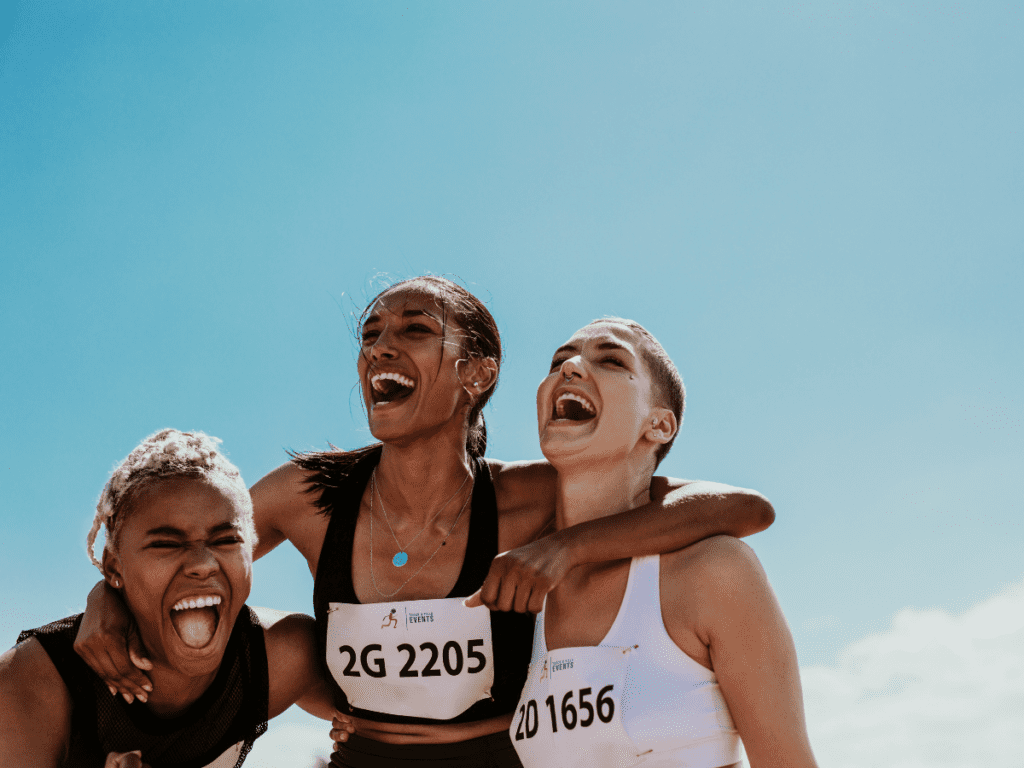Sociocultural barriers to women’s participation in sport: The role of self-objectification and stereotype threat

Project Summary Women and girls in sport have endured years of cynicism regarding their physical abilities, much of which is perpetuated via media portrayals that emphasize their appearance, femininity, and (hetero) sexuality rather than athletic competence. Although female athletes have made gains in international recognition, funding and opportunity, the negative representations and resultant stereotypes about…
Community of Practice
A community of practice (CoP) is a “group of people who share a concern, a set of problems, or a passion about a topic, and who deepen their knowledge and expertise by interacting on an ongoing basis.” The newest article in the Canadian Journal for Women in Coaching examines the Alberta Women in Sport Leadership…
They always remain girls: The re/production of gender relations in women’s sports in Quebec, 1919-1961

Project Summary This doctoral thesis examines how multiple factors influenced women’s participation in sports in Quebec between 1919 and 1961. It shows that gender, class, age, religious and ethno-linguistic affiliation, as well as whether a facility was co-ed or not, must be taken into consideration for a better understanding of women’s participation in sports, an…
IWD 2020
March 8th is International Women’s Day. This year’s theme, #EachforEqual, highlights the importance of individual action to influence broader social change. The Government of Canada set a target to achieve gender parity in sport at every level by 2035. Consider how you can challenge stereotypes, fight bias, and improve opportunities for girls and women, as participants…
Match Grant Recipients
From player recruitment and retention, to leadership development, to effective coach education, SIRC’s Researcher/Practitioner Match Grant recipients will address a range of issues to help achieve gender equality in the Canadian sport system. Learn more about this initiative and all the sport organization/university matches that were supported. Outcomes and key learnings from all projects will…
SIRCTalks Episode #10
In the newest SIRCTalks episode, Dr. Nicole LaVoi, Director of The Tucker Center for Research on Girls and Women in Sport, discusses the importance of using data and evidence to facilitate social change. Watch the episode here.
2019 Year in Review

As we ease ourselves into the year ahead, here is a round-up of the most popular SIRCuit articles and SIRC blogs from 2019! Top 5 SIRCuit Articles Gender Equity is Good Governance – Lessons from the Sport Sector Cannabis and Sport: Perspectives from a Seat in the Canadian Senate Managing the Risk of Athlete Burnout…
Speechless syndrome
“Speechless syndrome” occurs when someone lacks the facts to confidently respond to a faulty argument. The October edition of the Canadian Journal for Women in Coaching provides the stats and facts to respond to four common assumptions that create barriers to advancing women in leadership.
Gender Equity in the Media
Media coverage of tennis sensation Bianca Andreescu during the US Open provides insight into what quality coverage of women’s sport should be. Andreescu’s rise was covered with “hype and enthusiasm,” storylines focused on her athleticism and mental toughness, and decisions were made to expand coverage to build on national excitement (in one case pre-empting a…
Gender Equity at the 2019 Pan Am Games
After Day 6 at the Pan American Games, Team Canada women have won 32 of Canada’s 55 medals (58%) plus 4 mixed team event medals. This success is in line with the 2015 Games, where women won 51% of the the team’s medals, and 61% of the golds. As the number of events for women…